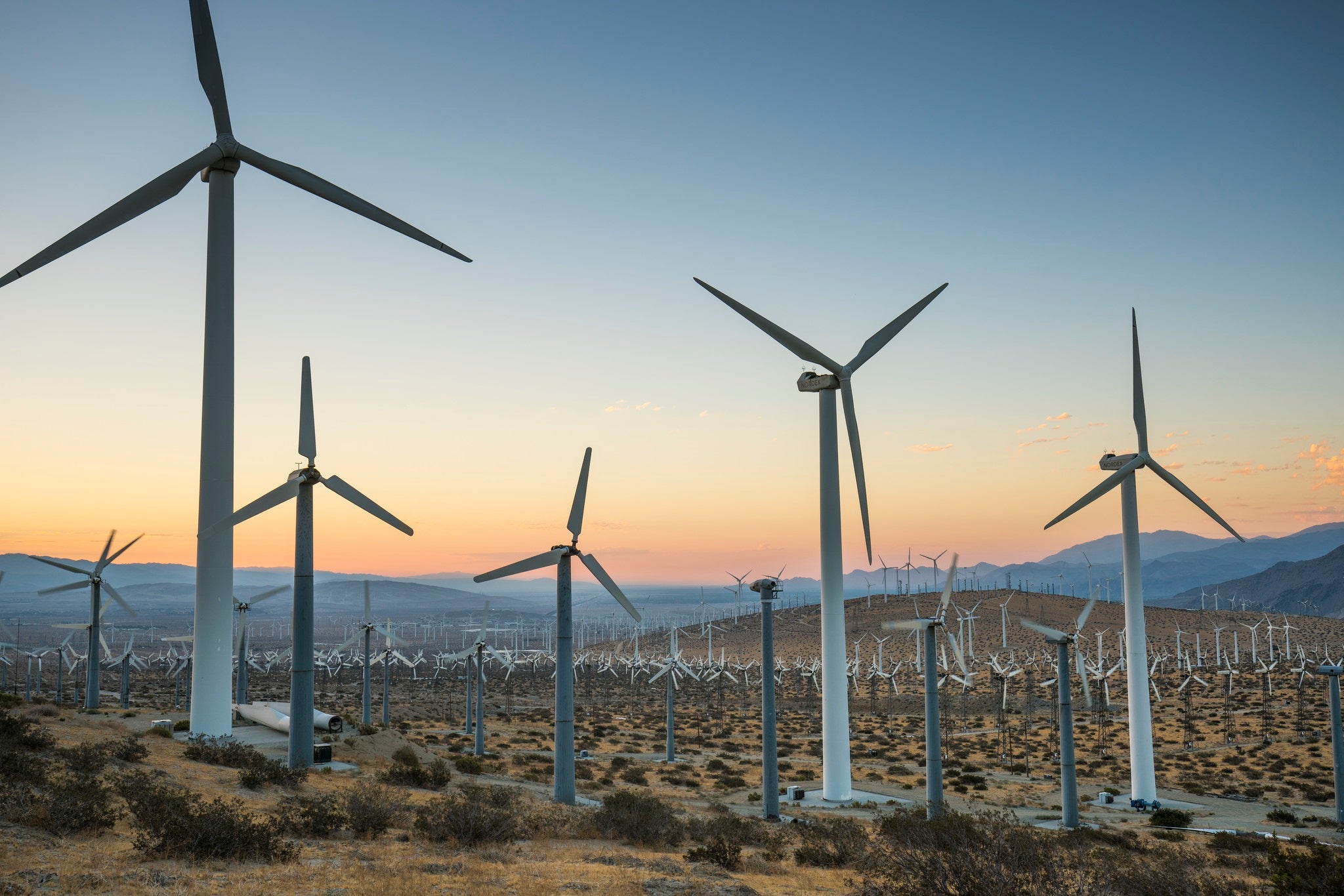This post was co-authored by Caroline Jones, Analyst for U.S. Climate
The heat is on in Sacramento.
With less than a week left in the California State Legislature’s session (which ends on August 31), a set of potentially game-changing climate policies are on the table. Earlier this month, Governor Newsom released a series of proposals for the legislature, including a more ambitious goal for cutting climate pollution by 2030, codifying a carbon neutrality goal, interim clean electricity targets, safeguards from the health impacts caused by oil and gas drilling and providing direction on the use of carbon capture and sequestration — all of which are now being negotiated in Sacramento.
This push arrives amid a grueling year for climate change-fueled impacts across the state, with wildfires, heat waves and the worst megadrought the West has seen in over 1,000 years all underscoring the urgency for bold action. And with the new, massive down payment on climate and clean energy through the Inflation Reduction Act, California will have even more tools and investments available to drive down climate pollution further and faster.
Here are the key policies that can drive meaningful climate progress and protect communities — and need to pass the finish line by the end of the session.













